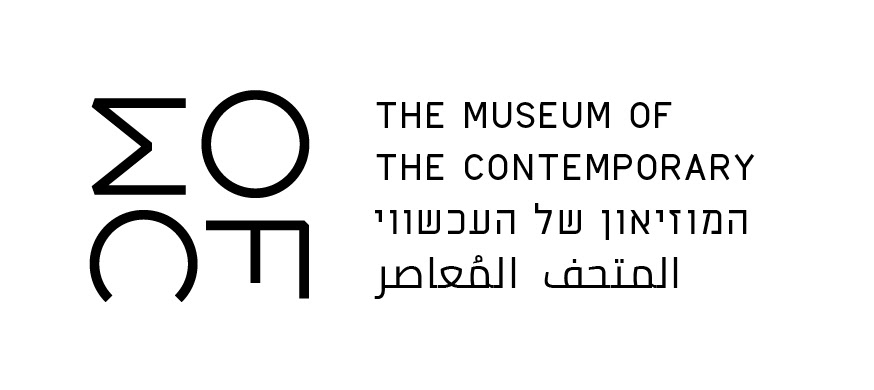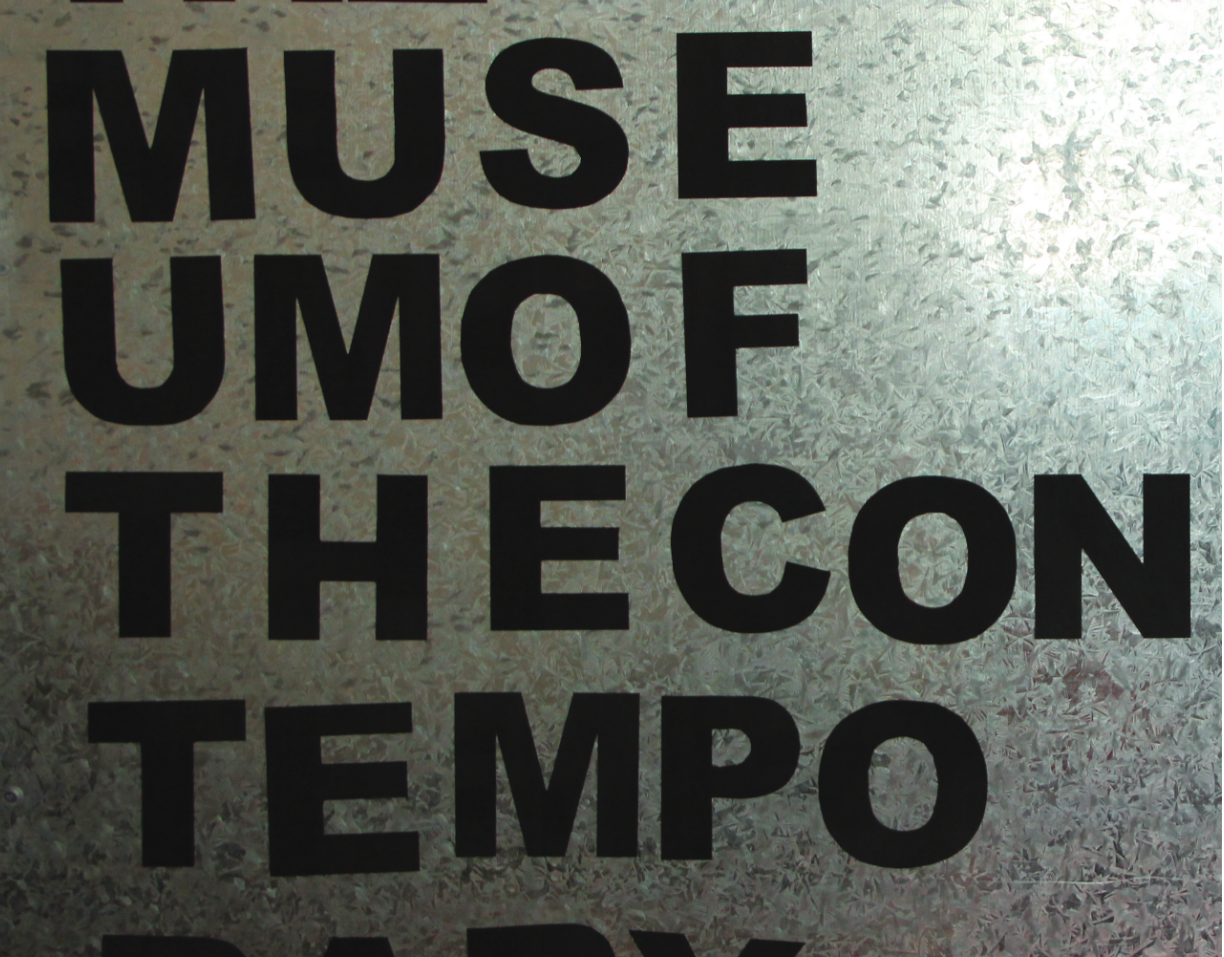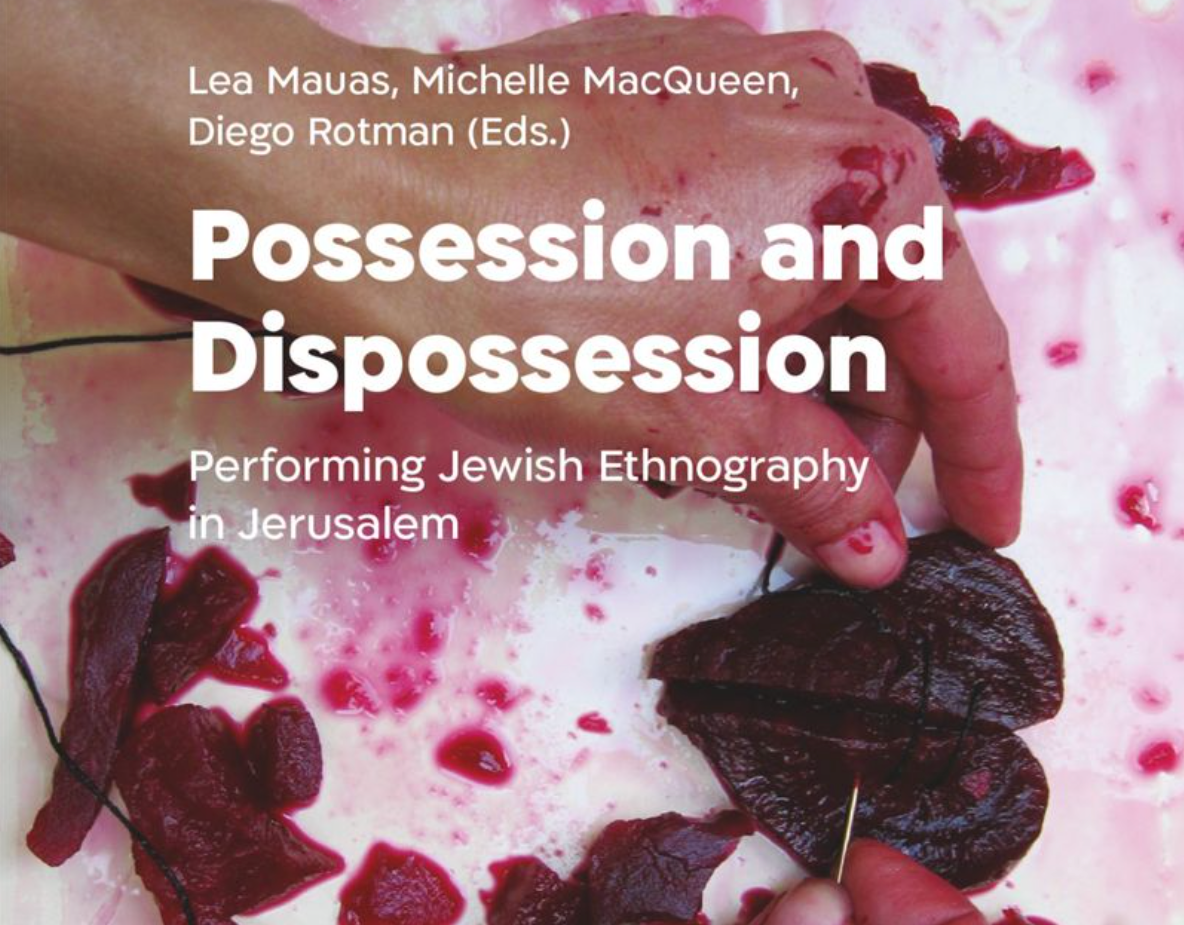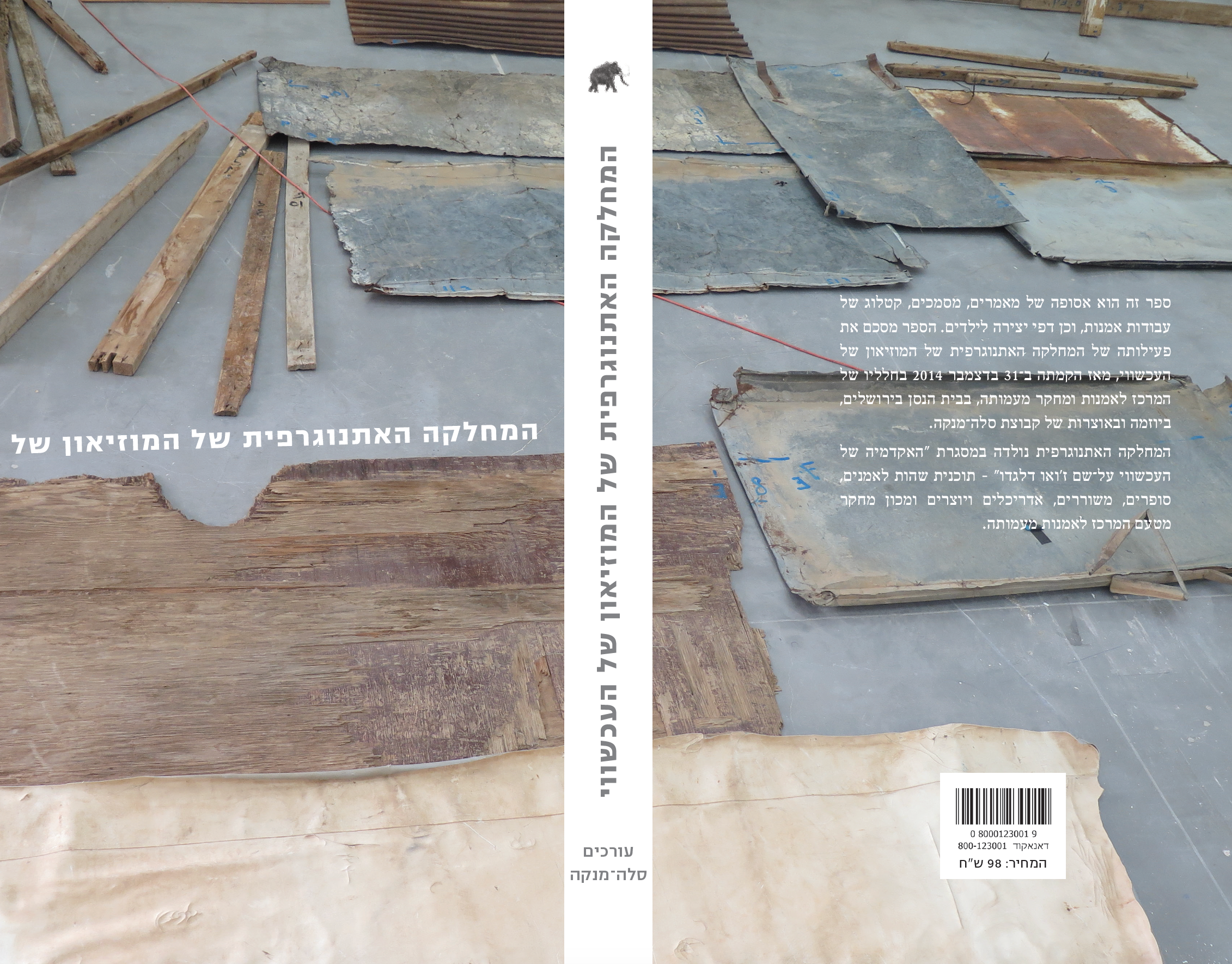The Sukkah and Its Double:
Copies, Variants, and the Stereoscopic Image
Copies, Variants, and the Stereoscopic Image
by Diego Rotman
The painted wooden sukkah of the Deller family from Fischach, Bavaria, was constructed in the nineteenth century and is currently exhibited as part of the Jewish Art and Life collection at the Israel Museum in Jerusalem. On view is the replica created in 2017 by the Sala-Manca group (of which the author is a member) in collaboration with painter Ktura Manor and carpenter Nir Yahalom in the framework of a research-creation project. This contemporary sukkah was displayed as part of the collection of the Museum of the Contemporary at the Mamuta Art and Research Center in Jerusalem. Examination of the Fischach sukkah alongside its Jerusalem counterpart in the present article leads to a theoretical discussion about the transformative power of the copy. Describing the process of the copy’s creation, its various iterations, transportation, and exhibitions, explores how replicas contribute to our understanding of both the original and its copies. The act of creating something that is simultaneously new and derivative (whether as a copy, reproduction, variant, or performance of an existing structure) serves as a tool for scientific inquiry and critical interpretation. The simultaneous presence of two similar yet different sukkot invites not only a comparative methodological approach but also an exploration of their parallel existence as a unified research object. The modifications introduced into the “replica” as part of this project reveal a new layer of depth stemming from their coexistence. This perspective sheds light on a deeper dimension by highlighting the differences between the two objects, which are compared to the principles of stereoscopic vision.




